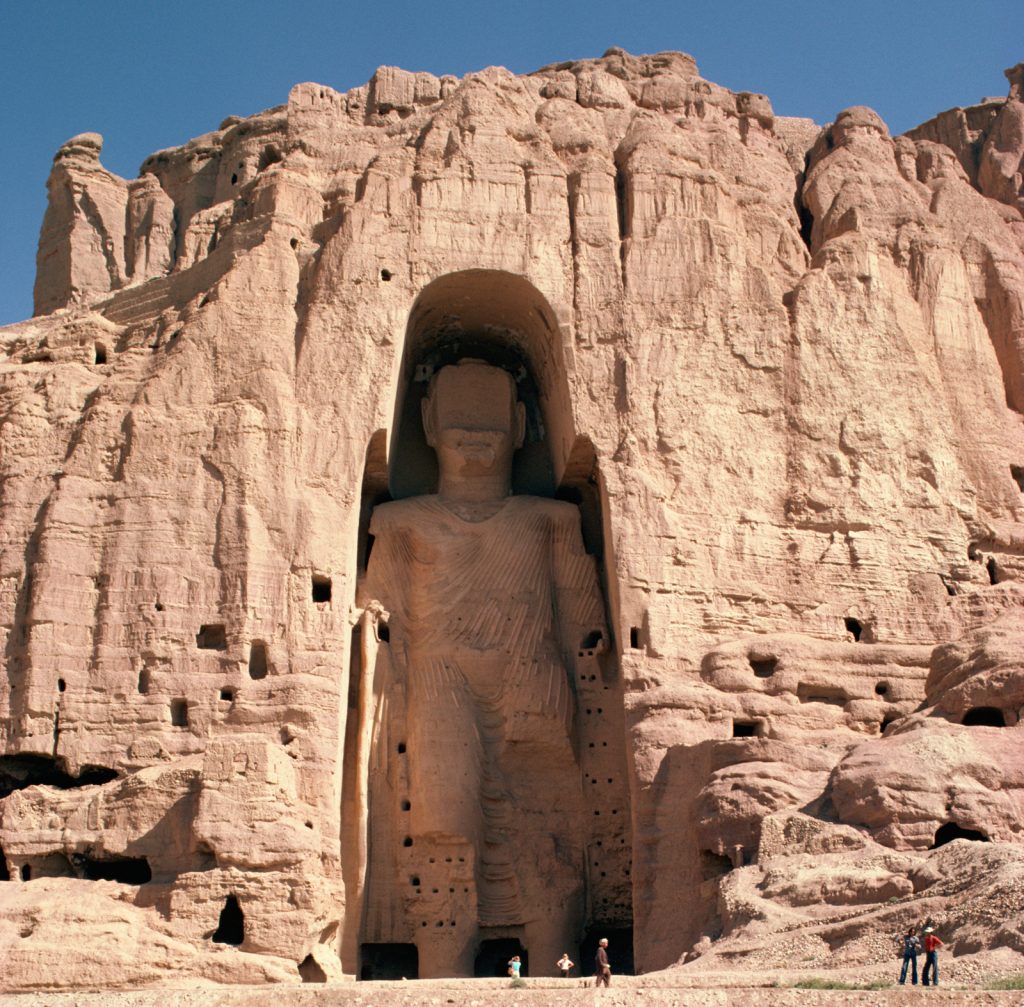As the Taliban seized control of Afghanistan in the late summer, many questions arose about the country’s future. Among them was the fate of its artifacts, including precious Buddhist relics. National Geographic reported that archaeologists fear for the safety of artifacts and those who protect them in light of the Taliban’s history of desecration, such as their 2001 demolition of the two 1,500-year-old giant Buddhas of Bamiyan. In February, the Taliban instructed their followers to “protect, monitor, and preserve” relics and “all historic sites.” But experts are skeptical. “They have whitewashed their image, but they are still a very ideological and radical group,” Omar Sharifi, a social science professor at the American University of Afghanistan, told the magazine. Sharifi received death threats and fled from Kabul to Delhi.
The regime change poses a different threat to Mes Aynak, the site of a Bronze-era Buddhist city that sits atop an estimated $50–100 billion worth of copper. In 2009, the state-owned China Metallurgical Group Corporation signed a deal with the Afghan government to mine the area, but the government suspended the operation as a result of international outcry, according to Brent Huffman, director of the documentary Saving Mes Aynak. But the mining moratorium may soon be lifted. “The Chinese government is working directly with the Taliban,” Huffman wrote in a 2020 Tricycle article.
Beijing and the Taliban held a meeting in July to discuss several projects, including the mining contracts; Philippe Marquis, head of the Délégation archéologique française en Afghanistan, told the Art Newspaper that the deal will most likely be revived, leaving archaeologists with only five years to remove more artifacts. “The data that we have collected from Mes Aynak is huge,” he said, “but what we can expect is even bigger.”
♦
Each Saturday, Buddha Buzz looks back at the events of that week in the Buddhist world. Read the full Buddha Buzz article here.
Thank you for subscribing to Tricycle! As a nonprofit, we depend on readers like you to keep Buddhist teachings and practices widely available.
